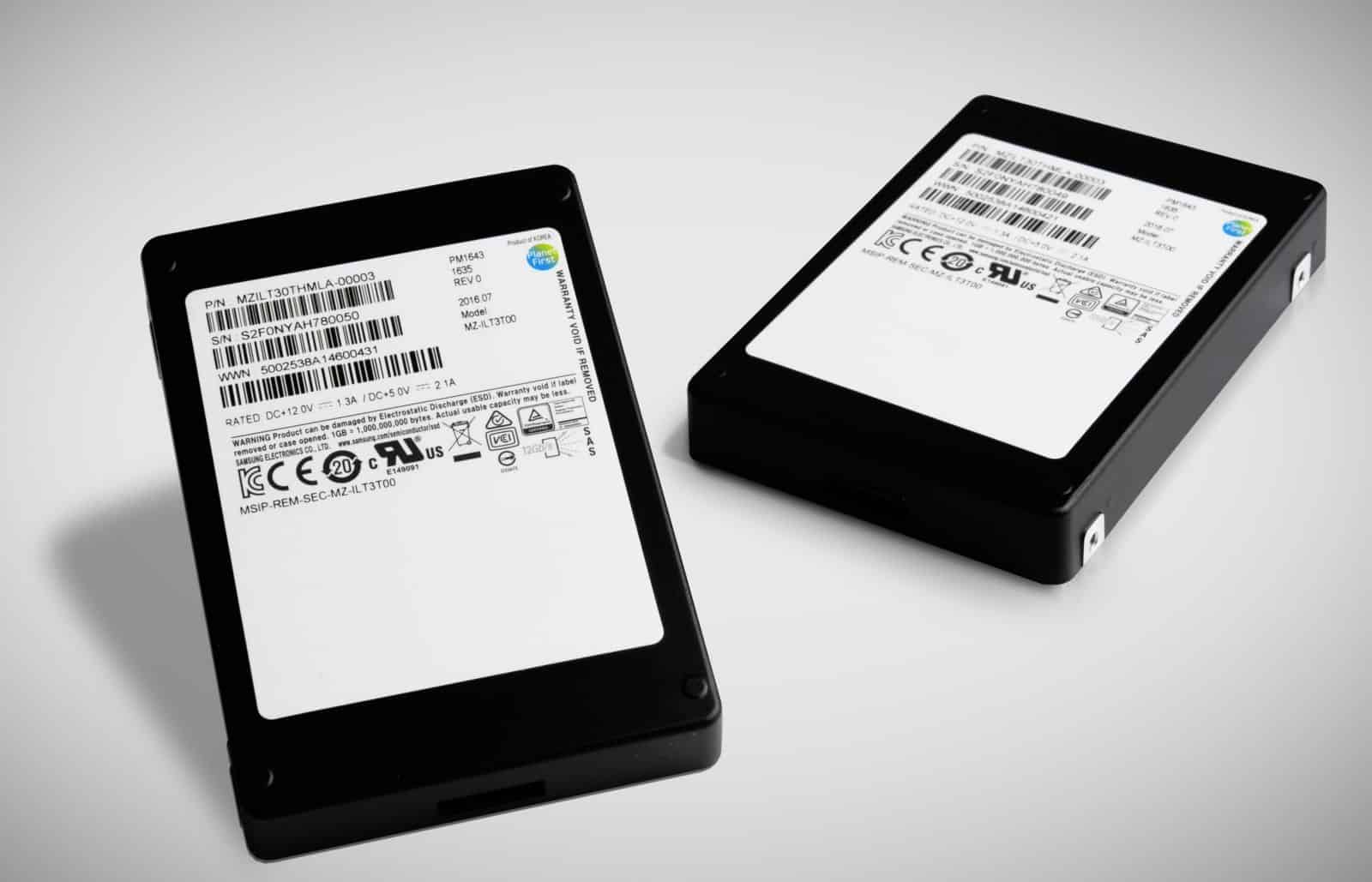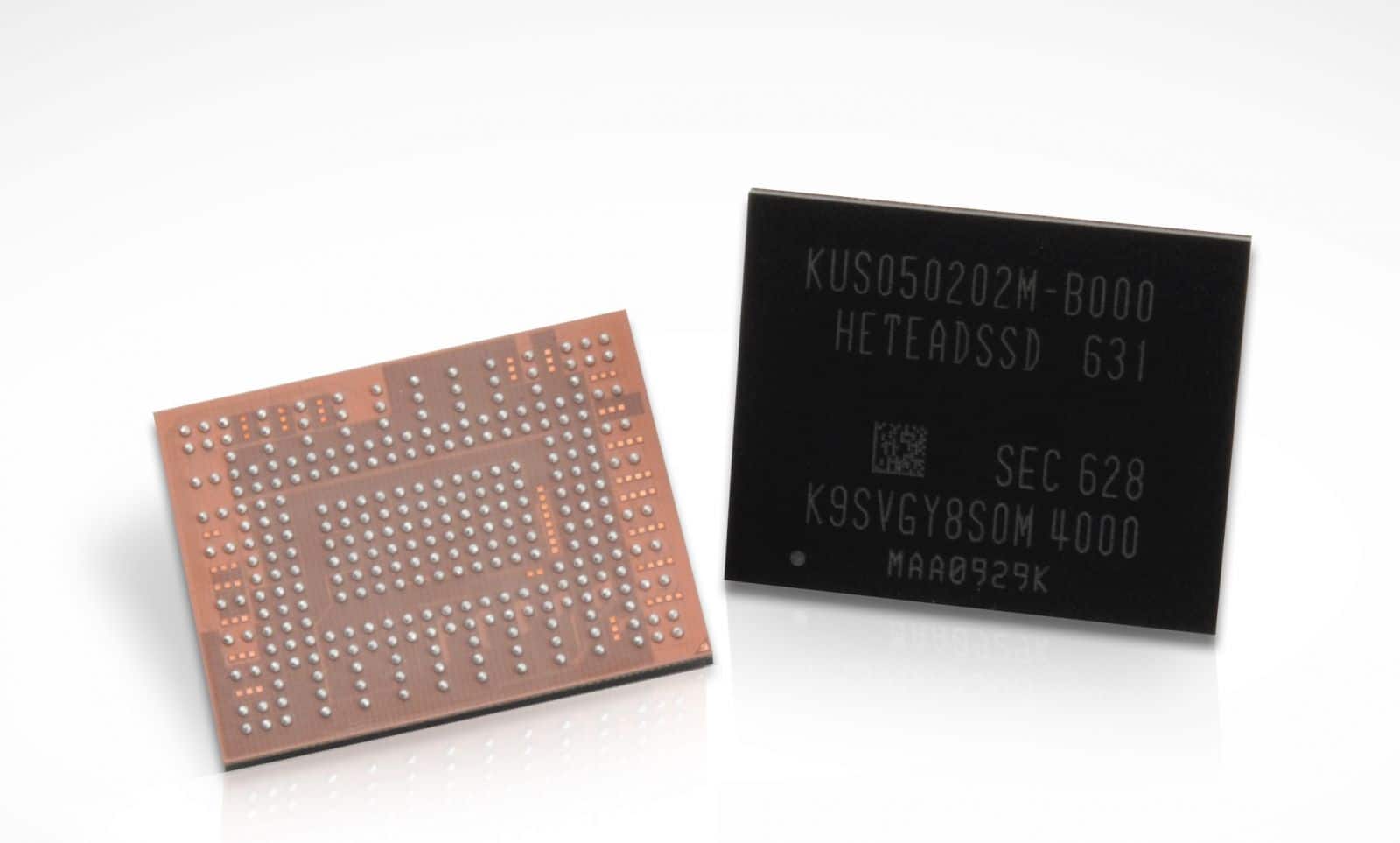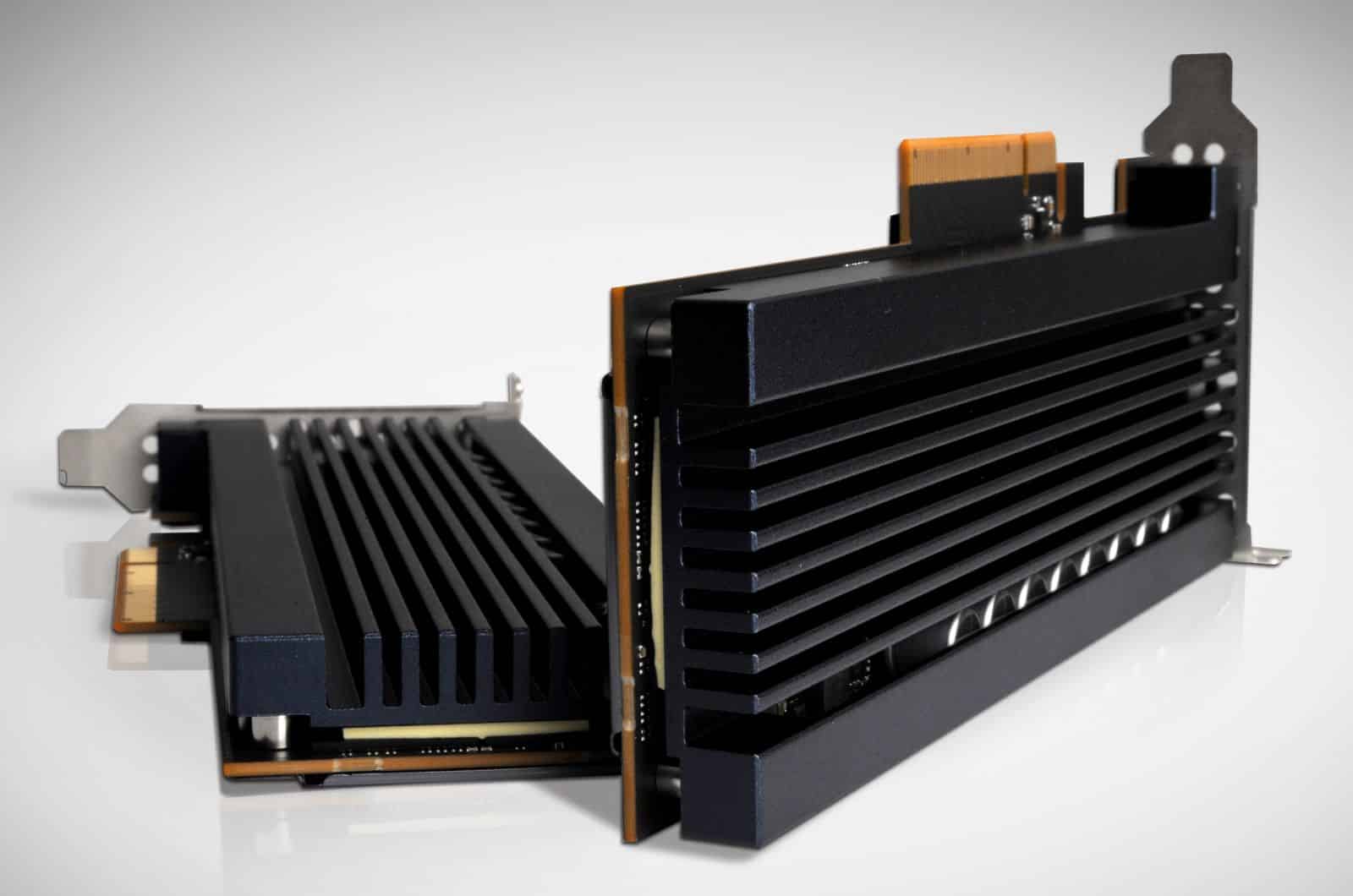
Today at the Flash Memory Summit in Santa Clara, California, Samsung Electronics Co., Ltd. made several announcements around its 4th generation 64-layer vertical NAND (V-NAND) technology. These new solutions include a 32TB SAS SSD, an ultra-light 1TB BGA SSD, and a new high-performance Z-SSD. The blueprint introduced today shows how Samsung intends to create next-generation flash products to meet the ever-growing demands of increasing data.
Not only is data growing at a rapid rate, Big Data, cloud computing, and real-time analysis are all clamoring to take up capacity and take a toll on performance. Samsung is helping customers address these issues with the introduction of its 4th generation V-NAND. With the latest generation of V-NAND, Samsung was able to stack 30% more layers of cell-arrays, up to 64 from 48. This means a single-die density can be as high as 512Gb with an IO speed of 800Mbps. Samsung claims these new solutions will be able to accommodate enormous amounts of data, and extremely high-speed information processing, while enhancing the TCO for data centers.
Samsung is touting its new SAS SSD as the world’s largest for enterprise systems, it is not currently the highest capacity as Seagate has a 60TB and Toshiba has demonstrated a 100TB SSD at the Flash Memory Summit. However, it is the largest capacity SAS SSD based on 512Gb V-NAND chips. Samsung takes these 512Gb chips and stacks 16 layers to make a 1TB package and then puts 32 packages in a 2.5” drive to make a 32TB SSD. To gain a bit of perspective, this new SSD can reduce system space requirements up to 40 times compared with the same type of system using two racks of HDDs. Samsung believes that the evolution of its V-NAND technology will allow for SSD over 100TB by 2020.
Samsung is also announcing a new 1TB SSD in a ball grid array (BGA) package design (that will contain the V-NAND, DRAM, and Samsung controller). This super small SSD, that weighs less than a gram, has performance claims of 1.5GB/s sequential reads and 900MB/s sequential writes. This drive will be ideal for ultra-compact next generation notebooks, tablets and convertibles. Samsung will launch this new drive through the adoption of a new a high-density packaging technology called “FO-PLP (Fan-out Panel Level Packaging)” which Samsung Electronics developed with Samsung Electro-Mechanics.
And finally, Samsung is announcing an ultra-high performance and ultra-low latency Z-SSD. Though they skimped on the details, Samsung did state that the Z-SSD has a unique circuit design and controller that can maximize performance, with four times faster latency and 1.6 times better sequential reading than the Samsung PM963 NVMe SSD.
Availability
Samsung aims to provide the new 4th generation V-NAND flash products by the fourth quarter of this year. The 32TB SAS SSD, 1TB BGA, and Z-SSD are all expected to be available next year.
Sign up for the StorageReview newsletter



